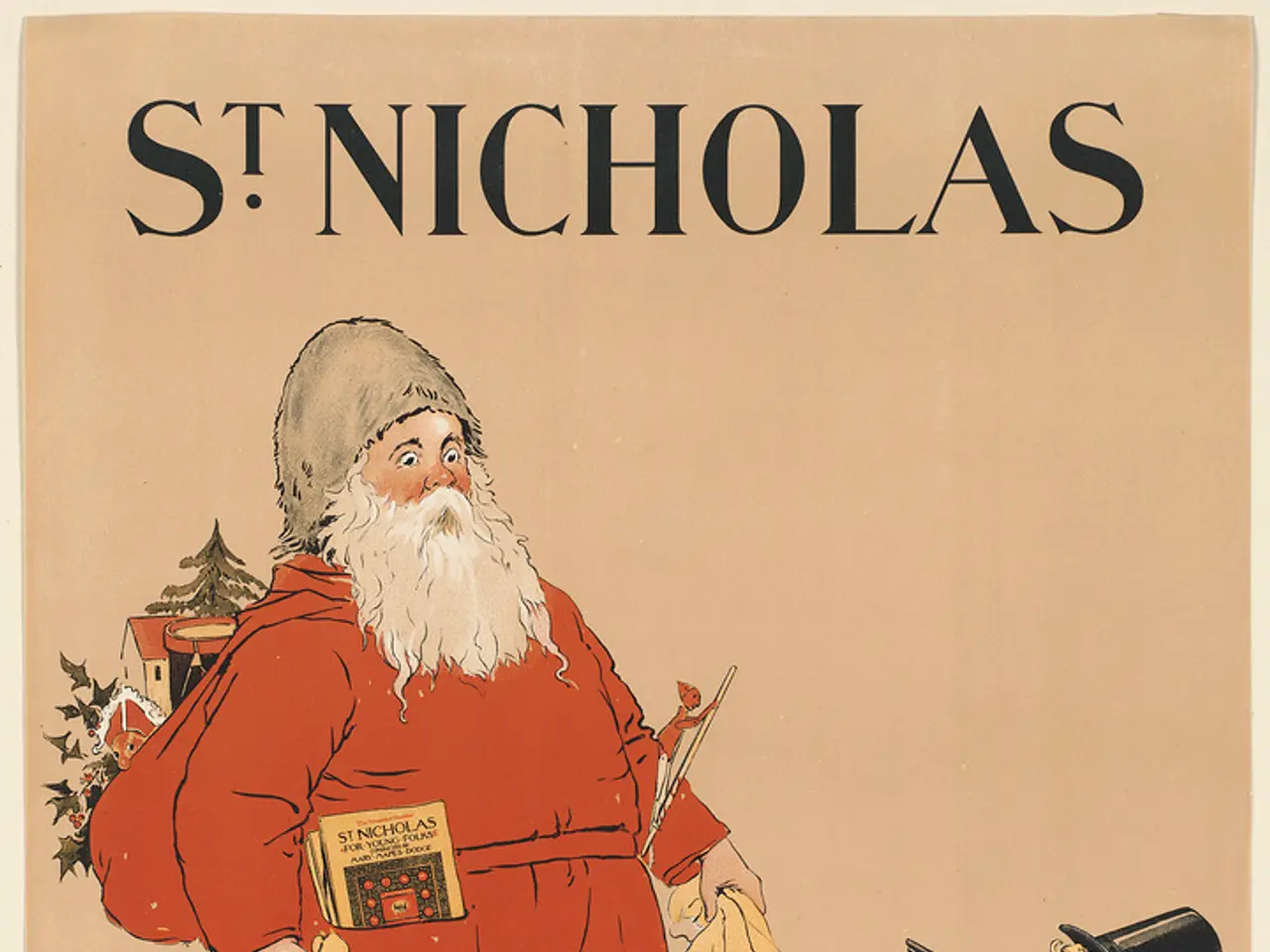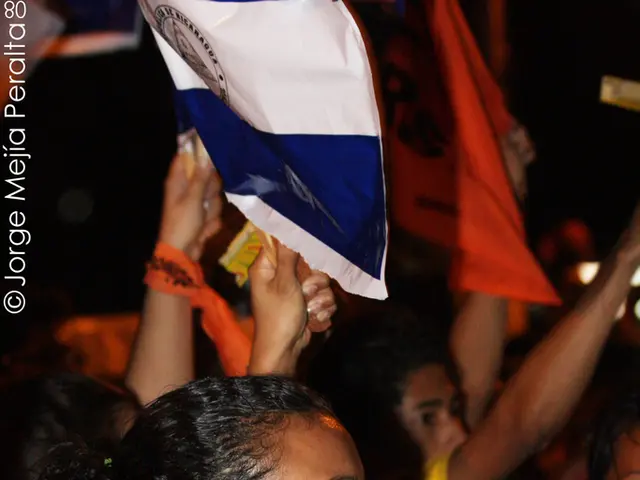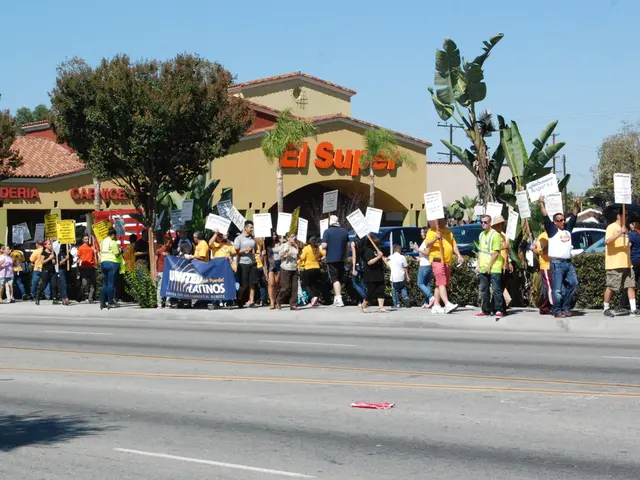The holiday address from Revd Dr Colin Heber-Percy posits that the most influential individual globally isn't a monarch, religious leader, or business mogul; rather, it's a vulnerable infant cradled by a caring mother.
In the heart of the festive season, an intriguing exploration of the Advent calendar unfolds. Traditionally, these calendars count down the days to Christmas, often depicting Nativity scenes. However, a Father Christmas calendar, adorned with images of a snowman, a plum pudding, a candy cane, and a gingerbread man, offers a different take on the familiar tradition.
This contrast between the everyday format and the deeply symbolic narrative could evoke a sensation of something both familiar and unsettling, reminiscent of Sigmund Freud's concept of the uncanny. The uncanny, as analysed in Freud's essay "The Uncanny" (Das Unheimliche), arises when something familiar is rendered unfamiliar, often linked to repressed fears or the return of the repressed.
Revd Dr Colin Heber-Percy, the vicar of the Savernake Forest parishes in Wiltshire and the author of 'Tales of a Country Parish' and 'Lost in the Forest: Notes on not belonging from the English countryside', might interpret this Advent calendar's unfolding narrative as a liminal space bridging the ordinary and the sacred. Its connection to the Nativity story could be seen as a ritual that both comforts and disorients, drawing believers into an awareness of mystery and transcendent hope—an experience resonant with Freud's uncanny.
Meanwhile, the holiday season is often associated with homely traditions—family gatherings, home cooking, and familiar carols. Yet, figures like John the Baptist, who emerges from the desert, symbolize the uncanny lurking behind the tinsel and baubles. John the Baptist, as a prophet, compels people to see the homely as their own construction.
The Nativity story, with its unsettling narrative, resets every agenda. Jesus, in questioning the crowds about John, suggests they didn't know quite what they'd find when they went out to investigate who this John might be. The kingdom described is not from this world (John 18.36), a stark contrast to the confectionery-filled Advent calendars we know today.
Steve Jobs once claimed that the storyteller is the most powerful person in the world, setting the vision, values, and agenda of a generation. As we open our Advent calendars this year, we might ponder the power of these stories and the uncanny interplay between the festive, secular ritual and profound sacred storytelling they represent.
In the end, the Advent calendar could serve as a reminder that the familiar can hide the unfamiliar, and the homely can conceal the profound. As we move towards the coming kingdom, let us not forget to look beyond the expected and embrace the unexpected.
The Advent calendar's narrative, resembling Sigmund Freud's uncanny with its blend of familiarity and strangeness, could be seen as a reflection of the style portrayed in books like 'Tales of a Country Parish' and 'Lost in the Forest: Notes on not belonging from the English countryside'. Furthermore, the holiday season's mix of fashion-and-beauty trends and entertainment programs, while seemingly conventional, may conceal deeper layers of mystery, similar to the story of John the Baptist and his unsettling emergence from the desert.






